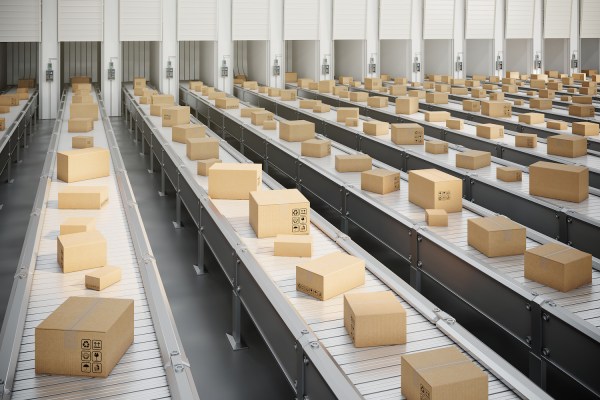
Compared to last year’s holiday season, major maritime trade routes are operating relatively smoothly, while shipping rates are returning to Earth and ports are moving cargo at a steady clip.
Now that’s all good news for businesses and consumers worried about inflation and talk of recession, but those improvements are misleading.
A deeper look reveals global shipping speeds aren’t back to pre-pandemic levels, and serious challenges persist in supply chains that foreshadow even bigger problems. If we don’t act and improve shipping technologies, the logjams we’ve had to endure for the past two years will become commonplace.
New season, new problems
This year’s improvements in shipping largely reflect a pullback in consumption rather than any improvement in the underlying infrastructure.
Businesses are still taking too long to ship their goods from Asia to the United States or Europe. While it’s better than the record delays we saw during the height of the pandemic, it still takes 69 days for businesses to ship goods from China to U.S. ports, approaching double the time it took before the pandemic. This is happening against the backdrop of a slower economy, and shipping company Maersk is forecasting a 2% to 4% drop in world demand for containers this year.
A host of other problems, both new and familiar, are plaguing global logistics in 2022 such as volatile fuel prices, protracted labor negotiations and worker shortages.
Meanwhile, businesses large and small are signaling problems. Retail giants such as Target and Wal-Mart are struggling with inventory build-ups ahead of the holiday season, as many companies were hit by a surge in imports that suddenly arrived after shipping delays eased up. This will squeeze profits and cause unrest among investors while creating pain for small and medium businesses, which are finding it hard to reserve space at warehouses already overrun with goods from big retailers.
Credit: Source link


Comments are closed.